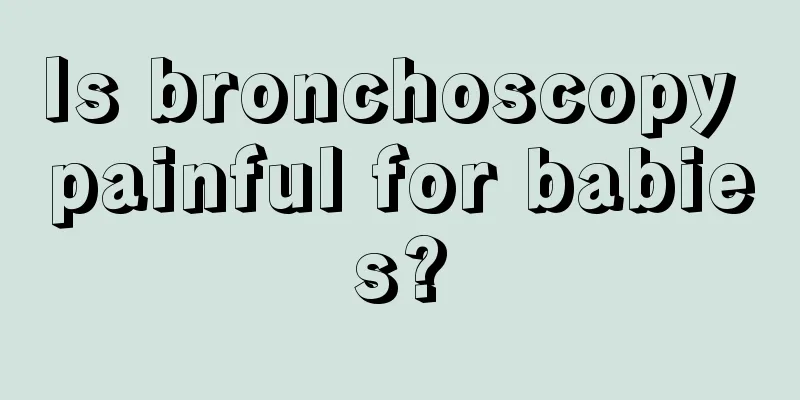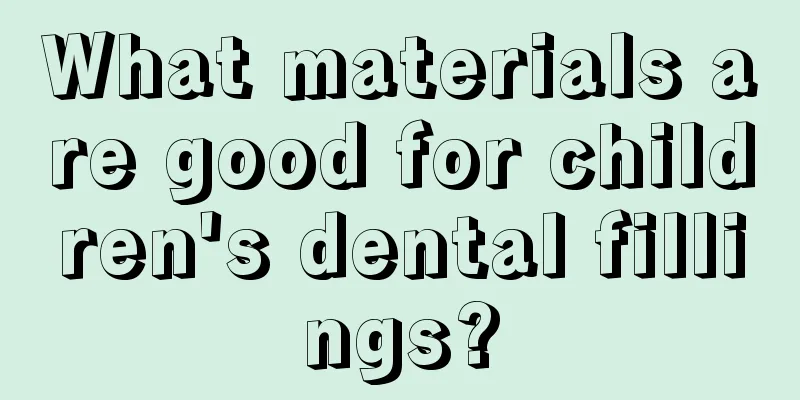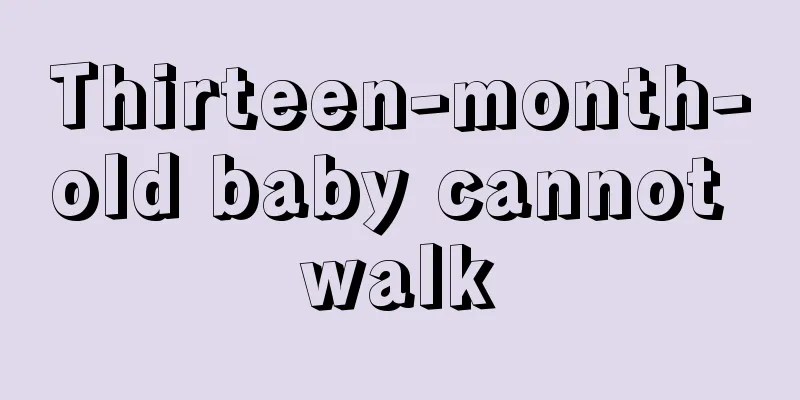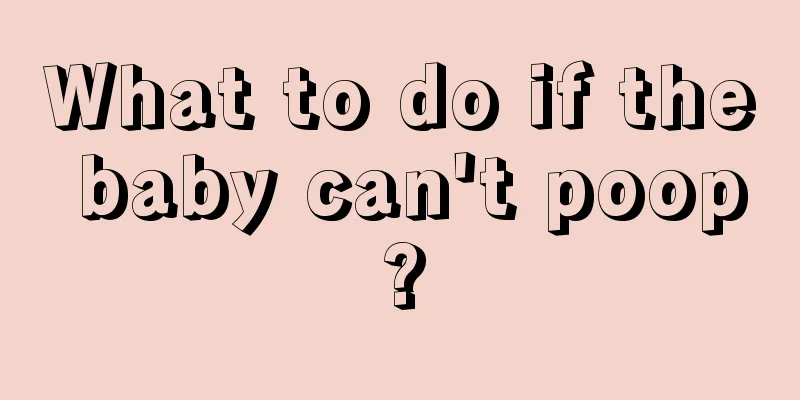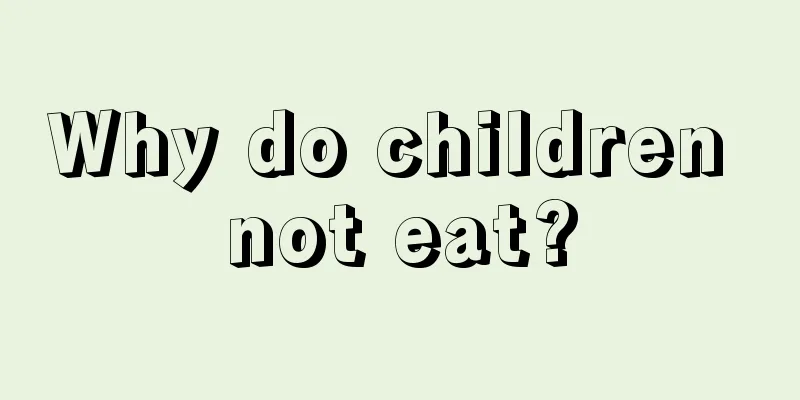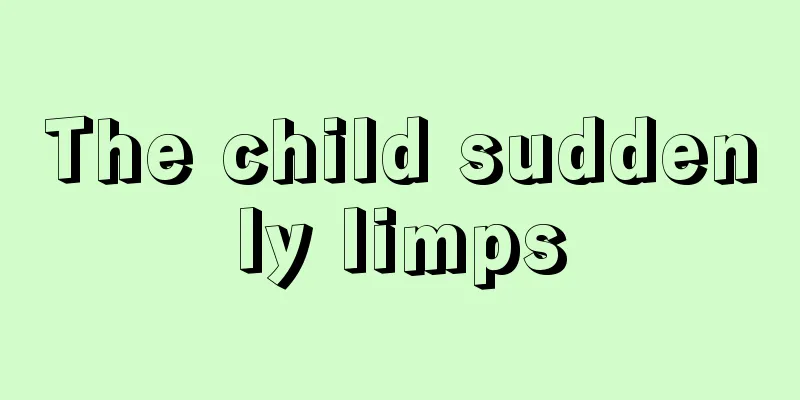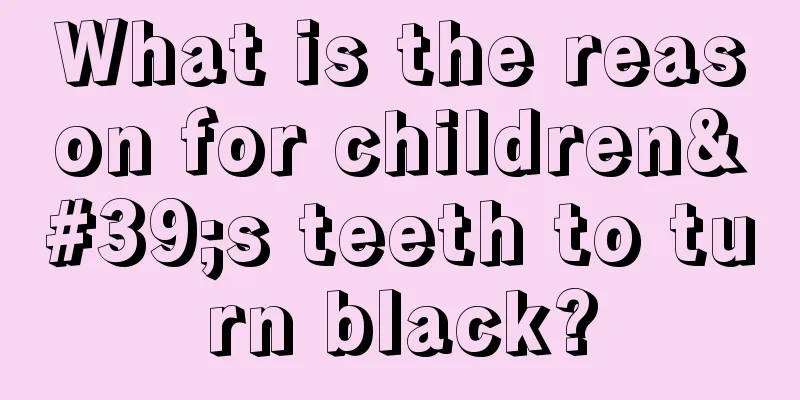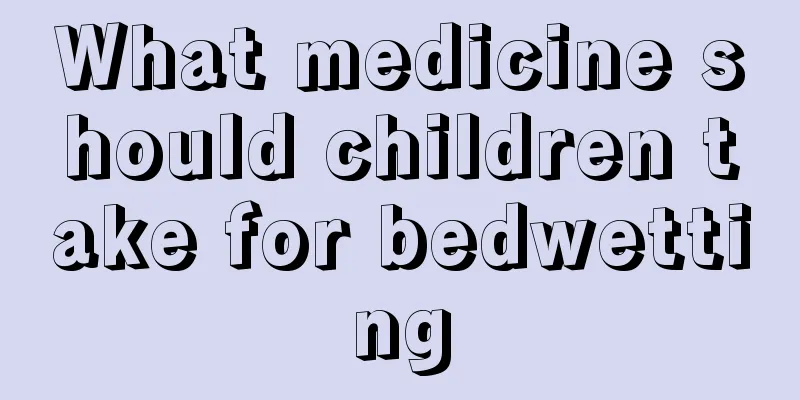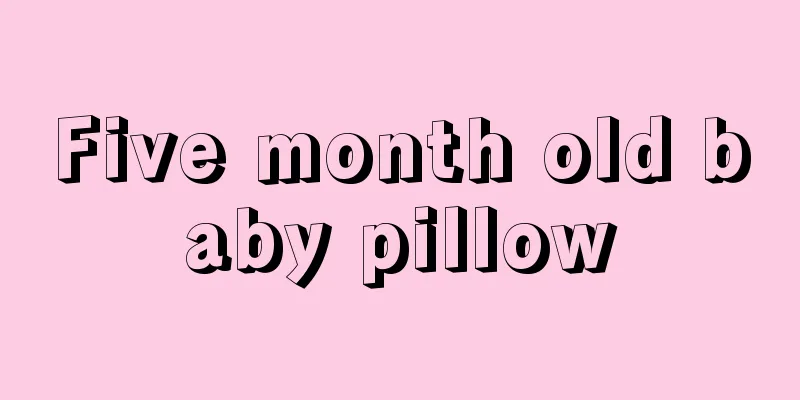How to prevent the sequelae of fever and convulsions in children?
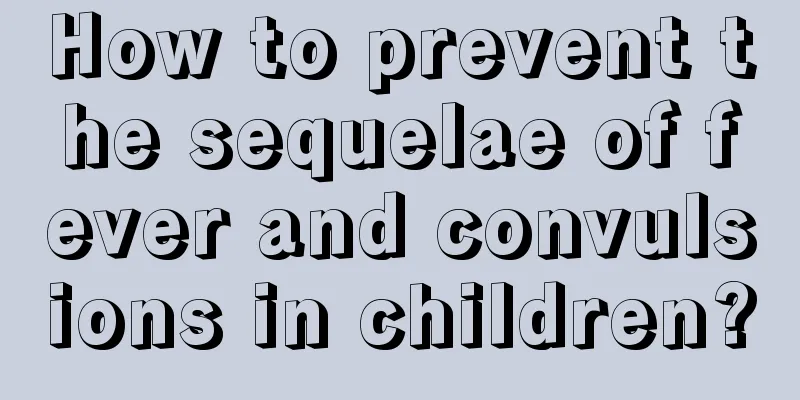
|
Children's fever must be treated promptly, otherwise it may easily damage the child's mental health. For example, many children are prone to convulsions as a sequelae of prolonged high fever. If not treated in time, it can lead to epileptic sequelae, leaving the child with difficult-to-treat sequelae for the rest of his life. Let’s take a look at how to prevent the sequelae of fever and convulsions in children. Children between six months and six years old have poor development of the central nervous system, which can easily induce abnormal synchronous discharges of brain neurons, especially when they have a fever. When brain neurons discharge abnormally, the whole body will convulse. 1. First, you should consult an epilepsy specialist, because if febrile convulsions are not controlled in time, it may cause organic brain damage and eventually develop into epilepsy. For children who are experiencing an attack, be careful not to use violence to stop the limb twitching, otherwise it may easily lead to fractures. When sending the child to the hospital in time, unbutton the child's clothes and turn the child's head to one side. Clear oral secretions in time to prevent vomitus from blocking the trachea and causing suffocation. 2. For children who often have attacks, be careful not to participate in activities that are dangerous, such as climbing, swimming, etc. If they participate, they must be accompanied by an adult. Children who often suffer from colds, sore throats and fevers should be carefully cared for, seek medical attention promptly if they have a fever, and reduce fever in time to prevent convulsions caused by high fever. 3. Generally, after a convulsion, the chance of having fever and convulsions in the future is higher than that of other children. In this case, the home should be equipped with thermometers and antipyretics on a permanent basis. 4. After having a fever , do not cover yourself up. Wear less clothes and take physical cooling measures, such as covering your forehead with a cold towel, wiping your neck, armpits, groin and other parts, and then go to the hospital for treatment. 5. If there is a fall or trauma before the convulsion, the possibility of intracranial hemorrhage should be considered; if the convulsion is accompanied by vomiting and poor spirits, the possibility of encephalitis should be considered; if it is accompanied by vomiting, diarrhea, and bloody stools, the possibility of bacterial dysentery complicated by toxic encephalopathy should be considered; if the vomiting and diarrhea are severe, the possibility of dehydration, electrolyte imbalance, and acidosis should be considered; if the convulsion is local and then develops into systemic, or if the convulsion is repeated, the possibility of brain maldevelopment and epilepsy should be considered, and hospitalization for observation is required. 6. Generally, simple convulsions occur 1-2 times and have no impact on the future. However, if the convulsions occur frequently, the high fever convulsion may develop into epilepsy, which requires long-term medication and has an impact on intelligence. |
<<: What is the effect of Xiaoer Jianpi San?
>>: What causes toothache in children?
Recommend
Can babies eat lotus seeds when they have a fever?
Children have very poor physical constitutions. W...
Causes of drooling in infants and young children
Drooling in infants and young children is a relat...
Is it normal for newborn babies to have peeling skin on their hands?
When it comes to the treatment of neonatal diseas...
The child does not speak clearly
The development process of each child is differen...
Height of a two-year-old baby
A baby's height is related to many factors, e...
Newborn baby keeps red face?
After the baby is born, parents need to be extra ...
What should I do if my baby has a cold, coughs and is a little wheezing?
Babies are a group of people with relatively spec...
What should I do if my two-year-old child has a fever in the middle of the night?
The cold winter makes many babies with low immuni...
4 month old baby has high muscle tone
Every change in the baby after birth is watched b...
Reasons why baby has a persistent high fever
Every baby's parents hope that their child ca...
Treatment of abdominal lymphadenitis in children
Children’s physical condition is getting worse da...
What should a 6-year-old child eat when he has a cough?
Children can take cough suppressants when they co...
5 reasons why children always lose their temper with their parents
It is common to see children yelling at their par...
What should I do if my baby has a cough and diarrhea?
Coughing is a very common symptom when a baby is ...
When is the best time to correct a child's crooked teeth?
Nowadays, most of the children born in the 2000s ...
